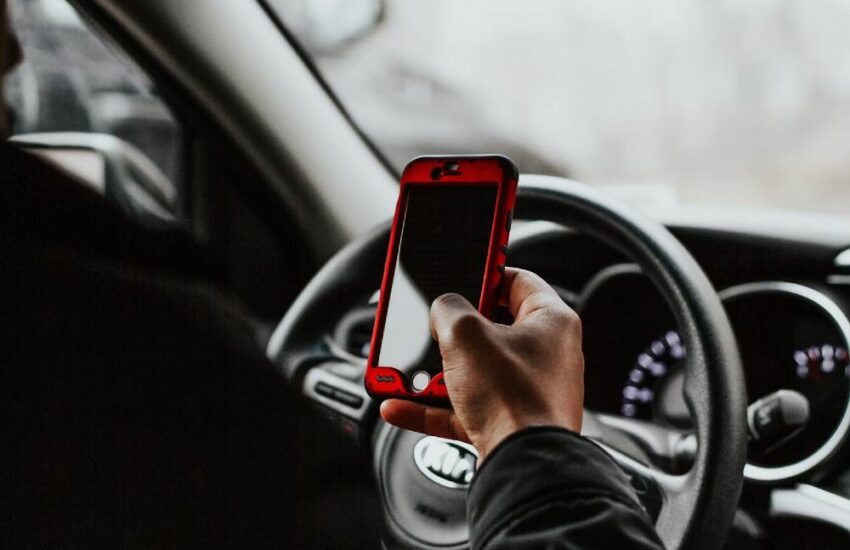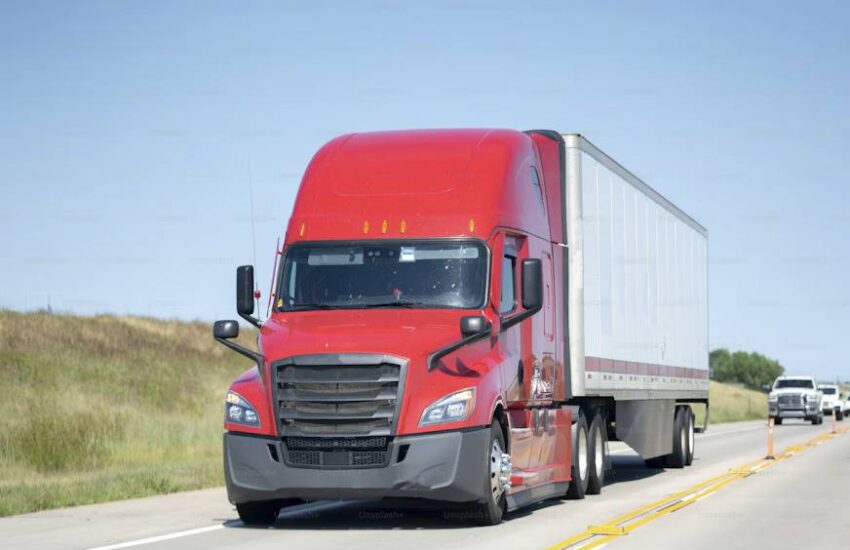Who’s at Fault in a Car Accident: Is It Always the Driver?
Car accidents are a common occurrence. Every year in the U.S., nearly 1.6 million crashes result in injuries, and over 3.6 million cause property damage. Add the 35 thousand-plus fatal car accidents occurring across the country, and the total is a staggering 5.2 million.
It’s easy to assume that most accidents are the fault of one driver — whether a motorist is speeding down the highway, under the influence of drugs or alcohol, or driving while distracted or tired. It might not be surprising that the top three causes of fatal collisions are driver-led — speeding, drunk driving, and failing to wear a seatbelt.

But is the driver always at fault?
Determining liability isn’t always as clear-cut as it may appear. There might be multiple contributing factors and several parties involved. In some crashes, one person or party might be responsible. In others, several parties might be liable.
Determining fault can be complicated, but it’s also important as it affects who you can recover compensation from after an accident.
This article explores the various people and parties that may be at fault for a car accident.
The Driver Who Hit You
In many car accidents, the driver who directly caused the collision is responsible for your damages. Common causes of such accidents include speeding, running a red light, and driving under the influence of alcohol or drugs. When pursuing a claim against the driver who hit you, it’s essential to gather evidence demonstrating their negligence, such as police reports, witness statements, and photographs of the accident scene.
Another Driver
Sometimes, a driver who did not directly hit your vehicle may be responsible for the accident, like during chain-reaction crashes or multi-car pileups. For example, if Car A swerves into Car B, forcing Car C to take evasive action and collide with Car D, each driver could file a claim against the driver of Car A for causing the accident, even if Car A only directly hit the second car. Eyewitness testimony, dashcam footage, CCTV, and accident reconstructions can help establish who is responsible.
A Vehicle Manufacturer
A manufacturer can be liable when a manufacturing defect or design flaw results in a car crash. One of the most common auto defects is brake failure, but any part of a car can malfunction, including tires, airbags, and the steering wheel.
Evidence that can support a product liability claim includes vehicle maintenance records, recall notices, expert testimony on vehicle safety, and investigative reports.
An Employer
If a driver causes an accident while in the scope of their employment, you may be able to hold their employer liable under “respondeat superior.” This rule can apply when a courier causes an accident while making a delivery or a rideshare driver crashes into another vehicle while on their way to pick up a fare.
An employer may also be responsible if it knowingly hires an unqualified driver, fails to train employees, or does not conduct proper checks to ensure employees are allowed to drive.
Rideshare companies provide liability coverage to drivers — but only in certain situations. For example, companies will provide reduced coverage if a driver is logged into the rideshare app. The total limit applies if a driver has accepted a fare, whether or not the customer is in the vehicle and en route to the destination.
Evidence supporting car accident claims against employers includes internal policies and records showing they did not train a driver or shouldn’t have hired an individual because of a history of violent behavior or reckless driving.
A Mechanic or Repair Shop
If a mechanic or repair shop performs substandard work that contributes to an accident — such as neglecting to fix a known brake issue that causes a collision — they could be liable. Maintenance records, invoices, and expert testimony on proper repair procedures can help prove liability.
You
If you’re in an accident because you’re following another car too closely or driving while distracted, you may be found partially responsible. Can you claim compensation if an accident was your fault? The answer depends on where the accident happened and your level of liability.
In states such as Maryland and North Carolina, you cannot recover compensation if you are even slightly responsible for the crash. However, most states have comparative negligence laws, which allow you to secure a reduced amount based on your liability.
Depending on your state, you may be able to claim regardless of your level of fault — provided you are not 100% responsible, U.S. states where this law applies include California and New York. Even if you’re in one of those states, it can be beneficial to hire an experienced car accident lawyer costa mesa (or elsewhere more relevant) in order to put together the strongest case possible. This can result in you receiving a higher settlement figure than if you were to put through the claim on your own.
Other states adopt a fault cap of 50 or 51%. For example, you can claim if you are 50% at fault for an accident in Texas. However, if you were in the same accident in Utah, you could not claim.
Most car accidents are the driver’s fault, but others can be responsible too.
Sometimes, you can recover more compensation by suing a less-obvious party, making it crucial to consult a car accident lawyer. They can explore all potentially liable parties, gather evidence proving fault, and negotiate with insurance companies to secure the maximum settlement for your injuries.


